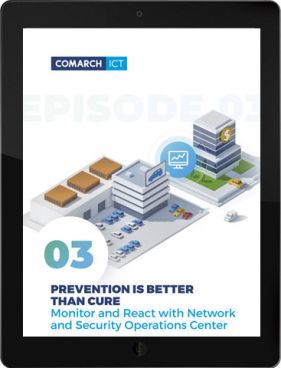
Current businesses are so dependent on IT that any disruption in service continuity – for example a faulty email box, an unexpected server reset, or an unstable Internet connection in the server room – costs money. The examples above, and more, are results, not causes of certain events. The mailbox stopped working because it exceeded the capacity limit.
The company's server was reset because the applications running on it have repeatedly exceeded the processor's standard. Half of the server room was deprived of the Internet because the port in the switch from the spare link has been in need of repair for three solid months. All of this could have been easily avoided. That is why, with growing awareness among business and IT managers, a new branch of IT was created: IT monitoring.